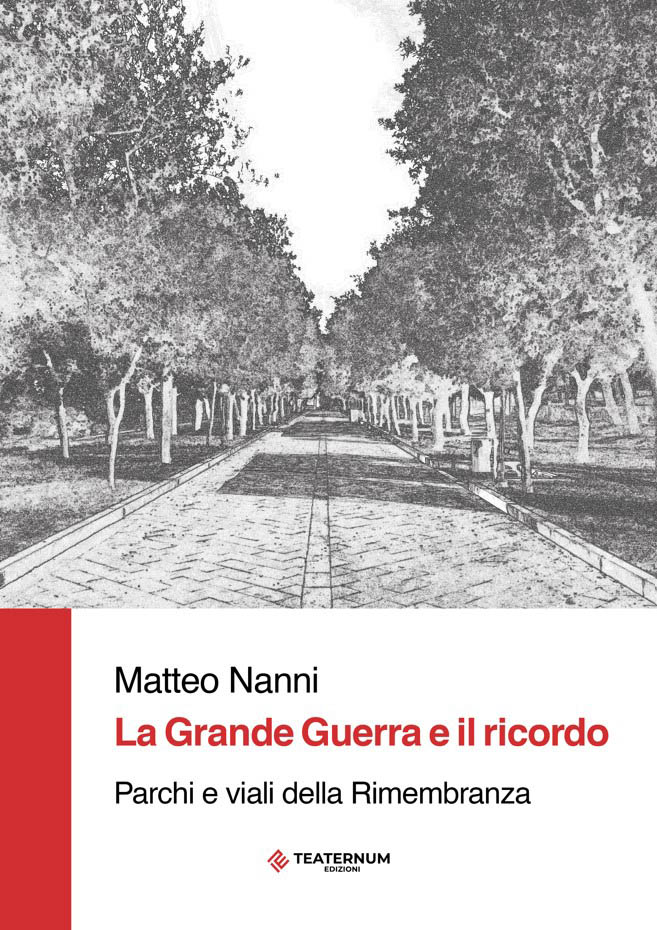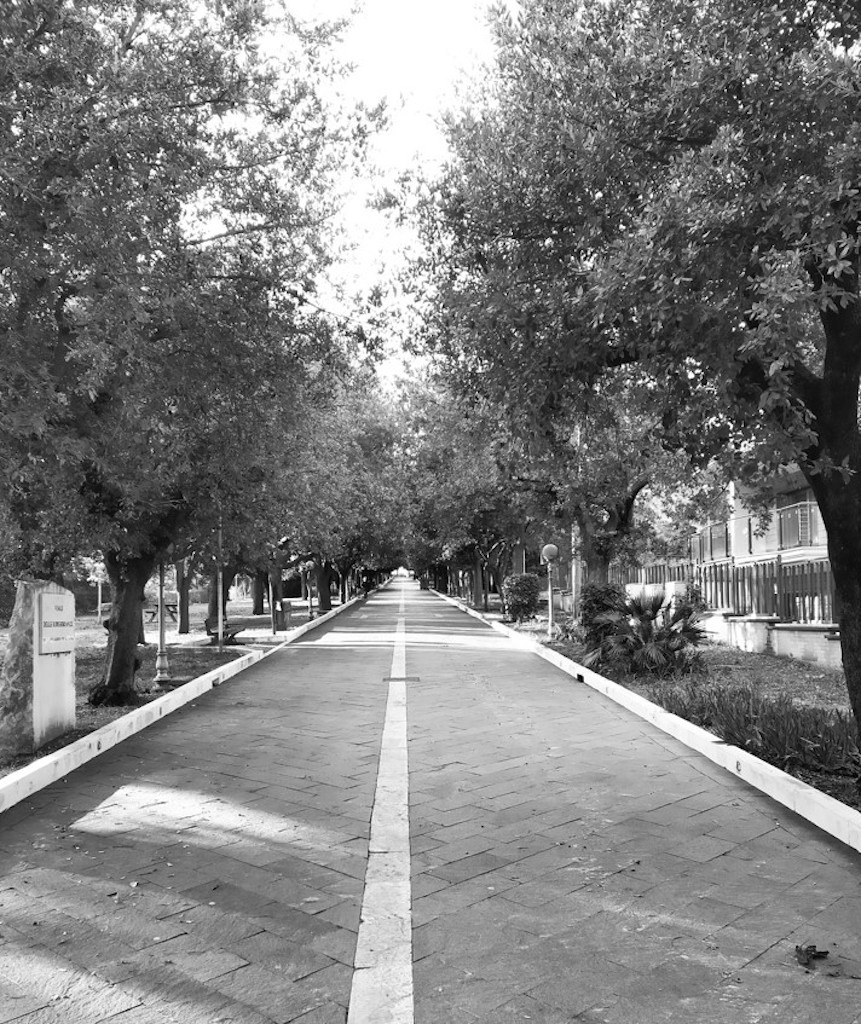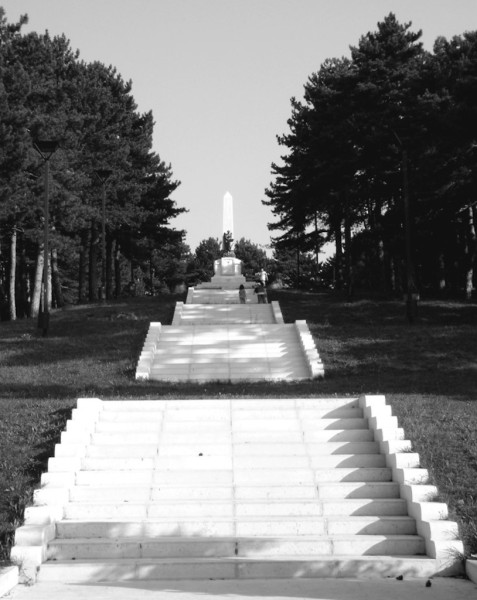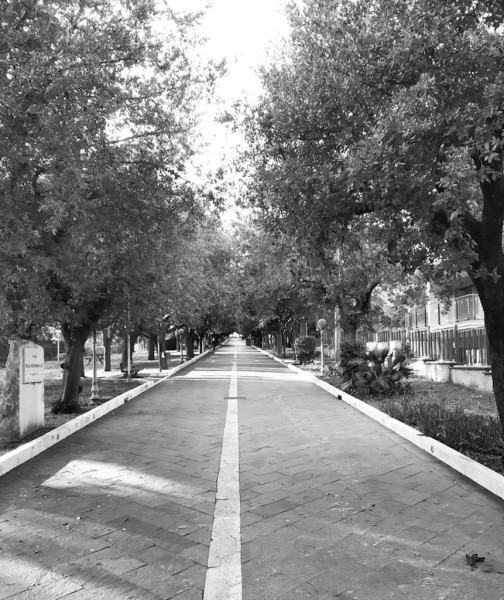The Great War and the memory. Parks and Avenues of Remembrance is the title of the book in which Matthew Nanni, a young historian from Abruzzo, retraces the genesis and development throughout the Italian territory of the places dedicated to the memory of the fallen in the First World War. «From the papers transcribed, emerges the portrait of a society profoundly shaken by the mourning of the First World War – which caused the loss of 680,000 young people, who fell in battle or died of disease – and for this reason forced to elaborate an enormous mourning that had affected almost every family,” explains the author.
The volume, taking as a leitmotif the memory of the fallen, analyzes the Italian historical context from the early twentieth century to the fall of fascism, in which the squares of Italy are transformed into a scenario where millions of people celebrate the nation’s holidays, the anniversaries of the regime and the glorification of heroes. On the initiative of Dario Lupi, Undersecretary for Education of the first Mussolini government, were established in Italy the parks and avenues of Remembrance, places of memory full of spirituality. Less than a month after the march on Rome, the new Undersecretary Dario Lupi, in his speech in Fiesole on November 26, 1922, on the occasion of the “Feast of Trees”, launched the idea of establishing «in every city, in every town, in every village» the Strada or the Parco della Rimembranza, entrusting «this most noble and pitiful idea to the school groups of Italy».
Circular no. 67 of 27 December 1922, addressed to the Royal Superintendents of Studies, effectively established the parks and avenues of Remembrance. He entrusted the first instructions to Italian schools so that pupils and students could, with this gesture, honor the Italian fallen and at the same time cultivate what was then called the “religion of the Fatherland”. For each fallen a tree was to be planted with a plaque and the soldier’s name; the trees could vary according to the region, the climate, the altitude. The same Ministry then published, in the Official Bulletin n. 52 of 28 December 1922, a second circular, no. 73, in which the “rules for the establishment of avenues and parks of Remembrance” were illustrated.

The author’s work continues with the analysis and description of 17 of the 52 parks in Abruzzo, taking up a research already started by the Superintendence of Abruzzo since 2012. Examples of parks and avenues of Remembrance in Abruzzo that have preserved an original connotation are the parks of the Remembrance of Roio Poggio (L’Aquila), Giulianova and San Giovanni Lipioni (which also have the original plates), the viali della Rimembranza of Lanciano and Vasto which are one with the urban context, the parks of Fara Filiorum Petri, Penne, Orsogna and Torricella Peligna, harmoniously integrated with the surrounding landscape. «100 years after the Wolves directive on the parks and avenues of Remembrance and in the light of the complex political and military situation that has arisen in Ukraine, it seems only right draw collective attention to the horror of war and the value of peace and to pay, in an era in which many traditional values have disappeared, a dutiful act of gratitude to the memory of those martyrs, mostly young peasants, who sacrificed their lives on the battlefields of the Great War”.
The 100 years of avenues and parks of Remembrance in the book by Matteo Nanni



